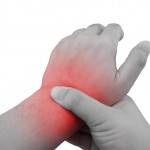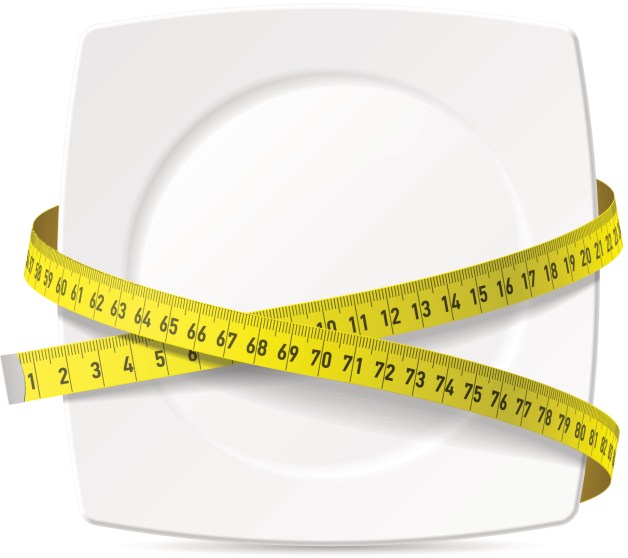How much weight do we need to gain or lose to appear more attractive?
How much weight loss or gain makes a person appear attractive to others?
The researchers are led by Prof. Nicholas Rule, of the University of Toronto in Canada, and they publish their findings in the journal Social Psychological & Personality Science.
He and postdoctoral fellow Daniel Re specifically investigated facial adiposity, which is the perception of weight in the face, because it accurately indicates a person's body mass index (BMI).
"It is a robust indicator of one's health," says Prof. Rule. "Increased facial adiposity is associated with a compromised immune system, poor cardiovascular function, frequent respiratory infections and mortality."
He adds that "even a small decrease can improve one's health."
As such, the researchers created a collection of photos digitally, which included male and female faces between the ages of 20-40 years old.
Each of the photos contained subjects with neutral expressions, their hair pulled back and no facial ornamentation.
Women need to lose slightly less weight than men to appear 'attractive'
After altering each image to create a range of images that included gradually increasing weights, the researchers asked participants in the study to compare randomly drawn pairs of faces and to select the one that appeared heavier to them.
From their results, the team found that a change in BMI of approximately 1.33 kg/m2 (2.93 lbs/m2) is the magic number at which changes are noticeable.
Re explains that they tallied the weight change thresholds in relation to BMI, rather than kilograms or pounds, "so that people of all weights and heights can apply it to themselves according to their individual stature."
After their first investigation, the researchers then looked into the threshold at which alterations in a person's facial adiposity triggered a change in perceived attractiveness.
They found that the magic decrease in weight at which the faces appeared more attractive to the study participants was 2.38 kg/m2 (5.24 lbs/m2) for women and 2.59 kg/m2 (5.7 lbs/m2) for men.
For women and men of average height, this translates to about 6.3 and 8.2 kg (13.9 and 18.1 lbs), respectively.
Commenting on their findings, Prof. Rule says:
"Women and men of average height need to gain or lose about 3.5 and 4 kg, or about 8 and 9 lbs, respectively, for anyone to see it in their face, but they need to lose about twice as much for anyone to find them more attractive."
He says this difference between men and women indicates that the facial attractiveness of women may be more susceptible to changes in weight, meaning that "women attempting to lose weight need to shed slightly fewer pounds than men for people to find them more attractive."
The researchers conclude their study by noting that their findings "contribute to a greater basic understanding of the precision and limits of social perception and may provide information of value to medical practitioners and individuals seeking to manage changes in weight."
In light of the holiday season, Medical News Today recently published 10 tips for successful weight loss.
Written by Marie Ellis-
Top 3 Weight Loss Traps And How To Avoid Them
The number of people who plan to go on a diet to lose weight jumps
-
Sprinting for Weight Loss
Sprinting can be an important part of your weight loss routine. Inter
-
Weight Loss, Weight Loss Facts and FatLoss4Idiots!
Weight Loss, Weight Loss Facts and FatLo
-
Several Tips For Keeping Your Weight Loss Off
We all realize the value of a good work out program when we are desper
-
Burn More Calories Than Running!
Bored with running on the treadmill? Have you worn out
-
Weight Loss - Overcoming The Physical Barriers To Losing Weight
What is a physical barrier? According to the dictionary the meaning
- DON'T MISS
- Im Not Losing Any More Weight, Why?
- How Diet and Fat Loss Can Reduce Your Chances of Having a Stroke
- Why Plant Based Diets Are Great For Weight Loss
- 8 Reasons I Recommend The Wild Diet
- Will Your Way To Weight Loss
- New Years Fitness Resolutions Why Do You Break Them Part 1
- How to Diet to Lose Weight
- Live Longer, Feel Better, and Look Better: Is a Calorie Restricted Diet for you?
- Should You Use Diet Pills To Help You Lose Weight?
- Weight Watchers Dessert Recipes




